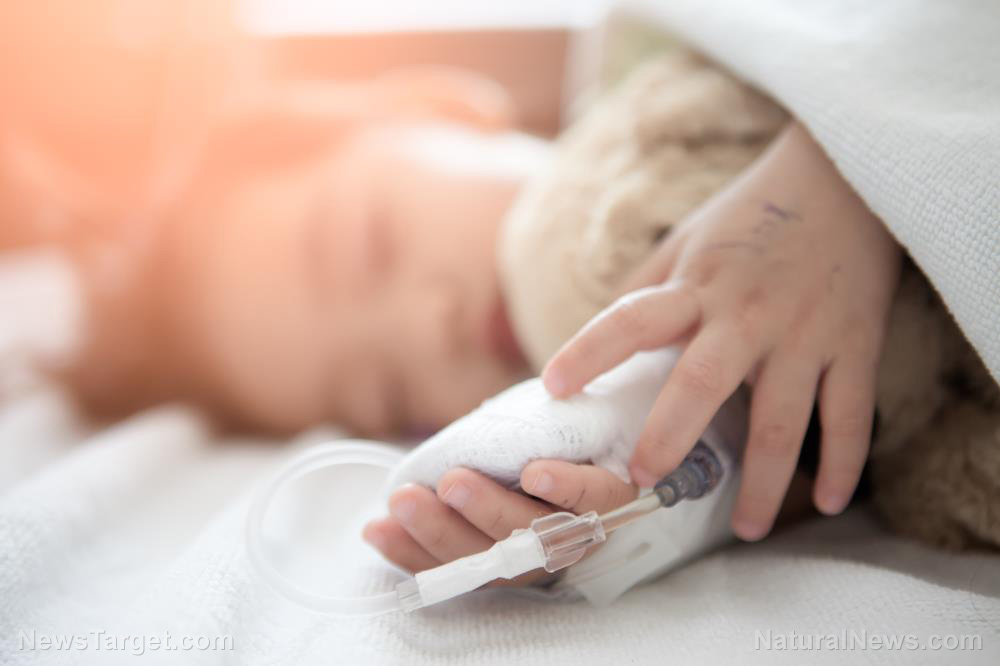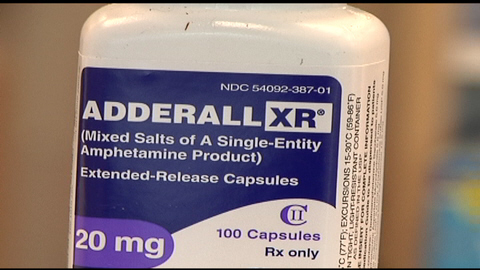
ADHD is one of the most common behavioral disorders that spring from childhood, at an estimated rate of 5.29 to 7.1 percent in children and adolescents, and at 3.4 percent in adults. While most people think ADHD can be outgrown, it actually carries over from childhood to adulthood. When ignored, individuals with ADHD develop unfavorable behaviors such as addiction, poor time management, poor organization, lack of concentration, and low self-esteem.
Children with this disorder generally have these three main characteristics: inattention, hyperactivity, and impulsivity. Inattention encompasses the inability to complete tasks, difficulty in following directions, forgetfulness, and problems with organization. Hyperactivity may include symptoms such as the inability to sit still, restlessness, and the inability to remain quiet. Symptoms of impulsivity include speaking out of turn, blurting out answers (before hearing the whole question), and the inability to wait.
We all know that most children act this way sometimes, but children with ADHD display these signs almost all of the time.
The causes of ADHD are currently unknown, but most experts believe that it may be genetic. Other factors that may give rise to ADHD are chemical imbalances, traumatic head injuries, brain irregularities and disorders, exposure to toxins, and poor nutrition. Most of the food that children love can also intensify the symptoms of ADHD. Food items such as chocolate, candies and sodas have high sugar content and caffeine that aggravates hyperactivity. Too much exposure to electronic devices and video games may also worsen their condition.
Since children spend most of their time at school, the school must be able to take care of children with this disorder. Disciplinary procedures in school today do not prove effective for children with ADHD. Conventional teaching methods and techniques will work on normal school children, but will not work on individuals with a hyperactive brain. However, most schools maintain the same customary, no matter what condition a student may have. As a result, ADHD children grow up without the knowledge of how to control their impulsivity and hyperactivity.
- Freedom – Setting more time for recess will allow children with ADHD more time to spend their energy. Social skills will be developed this way, especially through constant interaction with their peers. Schools can also choose to implement additional “free” time each day. Allotted time for free play teaches ADHD children that their excess energies can be spent at a specific time – teaching them discipline and patience.
- Self-regulation – Schools should also incorporate lessons on breathing, yoga, meditation, or other self-control methods into their curriculum. Teaching these techniques to children with ADHD will help them control their emotions, thoughts, and physical movements that hinder them from being still during class hours. Deep breathing techniques are known to reduce stress levels and blood pressure, as well as promote better blood flow to the brain.
- Direction – Teachers could help children with ADHD by encouraging them to join sports or dance clubs. This will help them work with their peers (social skill development) and create a means to turn their hyperactivity into something that can positively contribute to the school community. Teachers can also choose to variate their lesson plans with some movement-based activities. “Active” learning prevents children from sitting for long hours, and can also make a boring topic fun and easy to learn.
Other ways to help a child cope with ADHD is by spreading information and awareness on ADHD through health classes. Children should learn what ADHD is and how to socialize or befriend a child who has it. Good nutrition may also be key in helping children manage their energy levels. Families of children with ADHD can also show their support by enrolling their children in some family therapy sessions, or creating a “safe space” where they can let go of their built-up energy.
Sources include:
Please contact us for more information.























